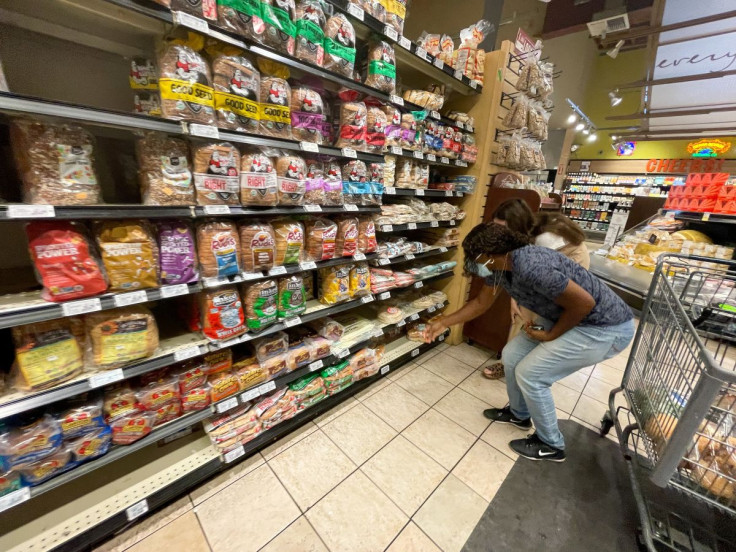Three Signs That Inflation Is Easing: What It Means For Wall Street
Inflation is still the top economic problem in most parts of the world, running at a multi-year high. For instance, inflation is running at an annual rate of 8.6% in the US, 9.1% in the UK, 8.1% in the eurozone, and 78.6% in Turkey. It's crushing family budgets, polarizing political systems, and fueling social unrest.
In some countries (e.g., Sri Lanka), rising inflation and a soaring dollar are fueling debt crises, and raising hunger rates.
What makes the recent resurgence in inflation such a severe problem is that it is primarily supply-side driven. It's caused by rising energy, raw materials, and transportation costs, which cause slower growth, too. For instance, the US economy contracted by 1.6% in the first quarter of 2022, while the eurozone economy barely grew. And that makes it hard for central bankers to deal with it without pushing the economy into an outright recession, as happened in the early 1980s when the world faced a similar problem.
But there are three signs that some of the pressures driving inflation may be ebbing.
The first sign is the decline in international transportation costs, as measured by the Baltic Exchange Dry Index (BDI). After spiking from around 450 in March 2020 to 5500 in October 2021, it has come down to about 2000 this week. That's where it was in August 2019, a few months before the pandemic. “It’s a sign of relief,” Kostas Mastoras, President and Owner of Optima Foods, a major importer of Mediterranean products to the US, told IBD in a personal conversation. “Last year, we had to chase after transportation companies to have our products shipped, and pay whatever price they quoted us. Now, they chase after us, and we can get a better deal.”

The second sign is the decline in commodity prices as measured by the CRB commodity index, which tracks the prices of 19 commodities, including crude oil, gasoline, copper, and corn. After soaring from around 138 in March 2020 to 352 in early June 20022, the index dropped to 294 in early July. Crude oil prices fell from about $120 per barrel a month ago to around $100 this week.
The third sign is the slight decline in food prices, as measured by the Food and Agriculture Organization of the United Nations (FAO). After spiking from 125.30 in June 2021 to around 160 in March 2021, it dropped to 157.4 in May 2022.
While it's too early to determine whether these trends will continue and help solve the inflation problem the world is facing, they will at least bring temporary relief to the middle and low-income households who have suffered the most from it. Also, they will give some time for central bankers to devise the right policies to eliminate the inflation problem without pushing the economy into recession.
Financial markets like these trends. The US Treasury market has staged a big rally, pushing the 10-year bond yield to 2.90% early this week from around 3.50% last week, with equities following suit.
© Copyright IBTimes 2025. All rights reserved.






















